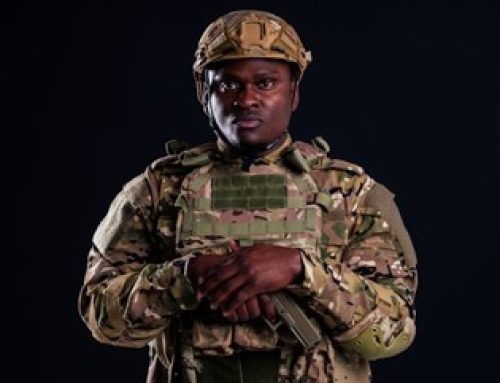Part of the process of obtaining security clearance for Sensitive Compartment Information (SCI) and other Special Access Programs (SAP) require a polygraph screening exam. Usually, polygraphs are not used when only a collateral security clearance is required. The exams are generally conducted by Intelligence Community agencies that oversee SCI or SAP eligibility.
 The goal of the test is to tell whether or not a person is lying or telling the truth when answering different questions. During the test, four to six sensors are attached to the person undergoing the exam. The sensors will usually record a person’s breathing rate, pulse, perspiration, and blood pressure and record the readings on a single strip of moving paper (graph paper). Some will even record leg and arm movement.
The goal of the test is to tell whether or not a person is lying or telling the truth when answering different questions. During the test, four to six sensors are attached to the person undergoing the exam. The sensors will usually record a person’s breathing rate, pulse, perspiration, and blood pressure and record the readings on a single strip of moving paper (graph paper). Some will even record leg and arm movement.
There will be three phases to the test: pre-test phase, in-test phase, and post-test phase. In the pre-test phase, the examiner will introduce himself or herself and ensure you consent to the test by having you sign a consent form. They will inform you of your rights and explain the nature of the exam and the polygraph instrument. Two pneumograph tubes will be placed around your chest and stomach to measure breathing rate, small cuffs will be attached to your fingertips to measure electrodermal activity, a blood pressure cuff will measure blood flow and heart rate, and a sensor pad on the chair seat will detect movement. The questions will be reviewed before the test starts, and you can talk to the examiner about any concerns or issues you may have.
In the in-test phase, you can only answer “yes” or “no” to the questions the examiner asks you. Don’t worry about being nervous. Most participants in the test are anxious about the proceedings, and it will not affect the exam results. The examiner will ask you relevant and irrelevant questions while you are monitored by the equipment. The irrelevant questions, such as asking you about your eye color, favorite movie, and so on, are used to establish a baseline for how your body reacts to banal questions. They can compare the results from this to those results that come from relevant questions. After the questions, the examiner will analyze the chart for the results. This process takes about five to six minutes and is repeated three to six times.
During the post-test phase, if the test is inconclusive or deception is indicated, you might be questioned about your responses. Any questions that produced problematic answers can be rephrased before the in-test phase is replicated. An examiner will usually reach a preliminary decision about you results before you leave but can’t tell you about it. The chart must be reviewed for quality control and validated by another examiner. Most of the time, if you don’t successfully complete an exam, you will have to come back for another test.
While many have questioned the accuracy of the polygraph, those whose job it is to weed out security risks find it extremely useful in the vetting process. It provides significant information before background investigations are even necessary, which saves people time and money if the applicant is rejected as a result of this process. Likewise, those who are likely to fail the test may not even apply to begin with out of fear of obtaining negative results. It may also deter employees from doing anything untoward or illegal for fear of detection.
For more questions about the polygraph, or to begin a case, talk to one of our security clearance attorneys. The Edmunds Law Firm is a nationally recognized firm committed to representing people in national security clearance issues. If your application was rejected, don’t hesitate to give us a call. We have helped people from all over the country with their applications or application denials and appeals. Our attorneys have been representing individuals in an entire spectrum of clearance-related issues for the last 40 years. Let us see what we can do for you. Talk to us at (800) 481-2526 or fill out our online form to schedule a case consultation today.




